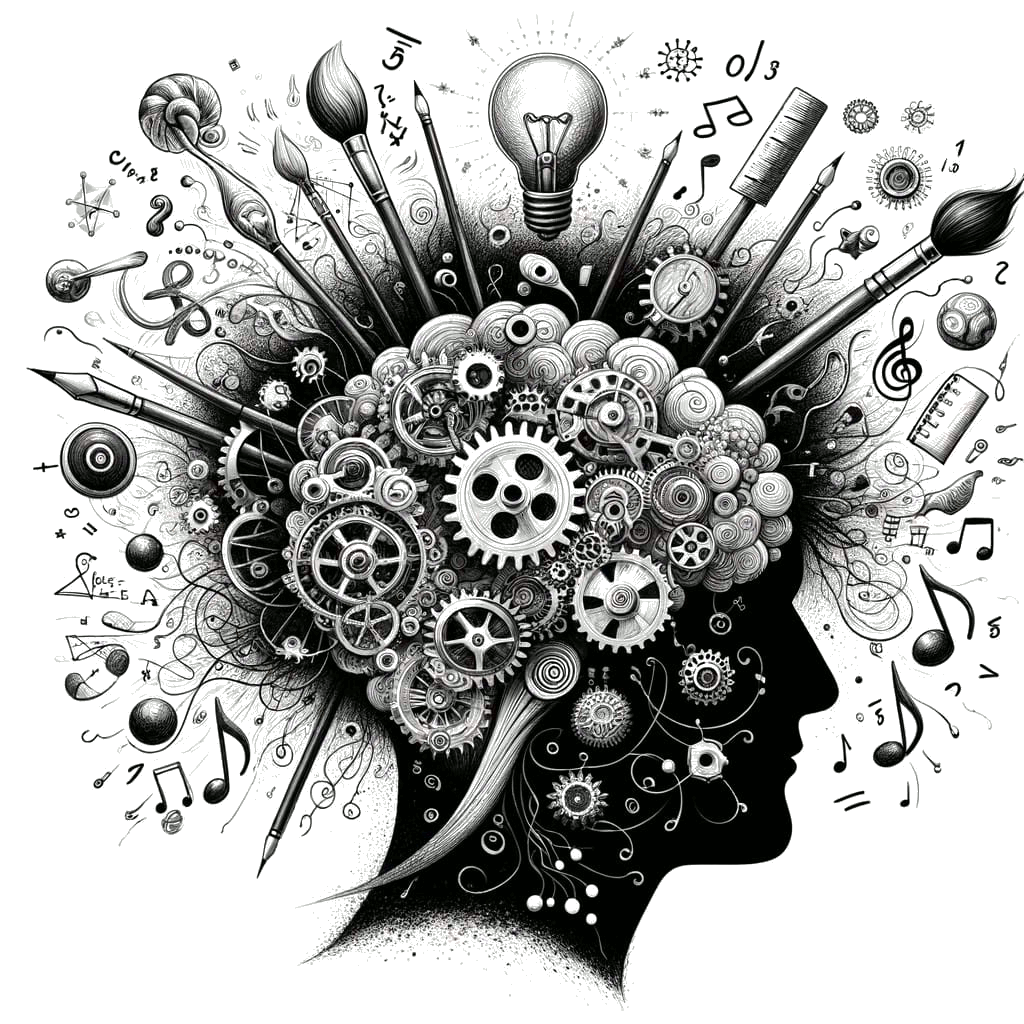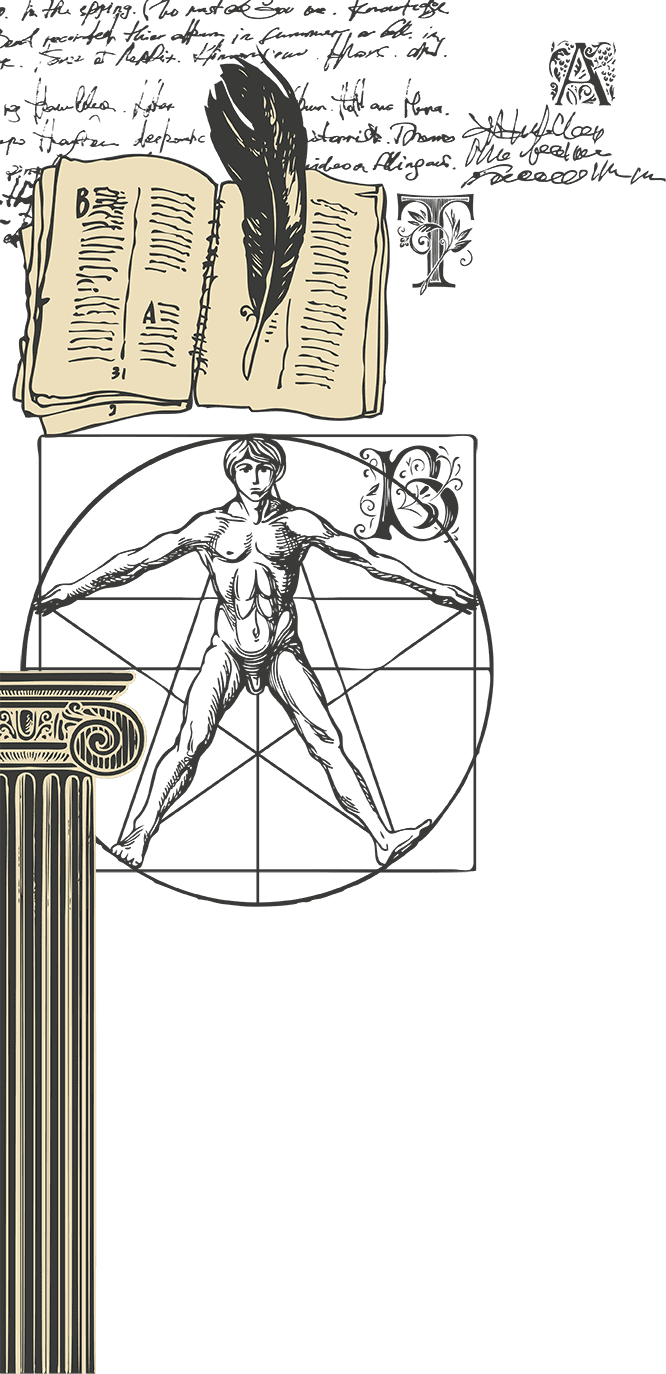
In the grand, kaleidoscopic tapestry of human history, there’s a persistent thread that suggests our most venerated art sprang from minds teetering on the brink of madness. It’s a compelling narrative, this romanticized vision of the tortured artist, a person whose brain simmers with such potent creativity that it almost boils over into insanity. But let’s take a moment to unpack this, shall we?
First off, let’s address the elephant in the room: the idea that to create something truly extraordinary, you must be a few brushstrokes short of a masterpiece. That’s quite a notion, isn’t it? It’s like saying the best chefs are those who occasionally mistake their fingers for carrots. Yet, history seems to be in love with this idea. Van Gogh, for example. The guy was a genius, no doubt. But the poor chap is almost as famous for his ear-ectomy as he is for “Starry Night.” It’s as though his brilliance on canvas is somehow amplified by his struggles with mental health. It’s a bit macabre when you think about it.
Now, don’t get me wrong. I’m not downplaying the connection between creativity and a mind that sees the world through a different lens. In fact, there’s something undeniably captivating about a mind that waltzes to its own symphony while everyone else is marching to the beat of the same old drum. But to suggest that you need to be a hop, skip, and a jump away from the loony bin to create art that resonates and endures? That’s like saying you need to be a duck to make a decent foie gras.
Here’s a thought: maybe it’s not madness that fuels great art. Maybe it’s just a willingness to see the world differently, to question, to poke, to prod. To look at a sunset and see not just the bleeding of day into night but a cosmic ballet of light and shadow. It’s about having the courage to say what others might be thinking but are too afraid to express. It’s about honesty, raw and unfiltered, splashed onto a canvas or woven into a melody.
So, let’s tip our hats to those daring souls who paint outside the lines, who don’t just step outside the box but kick it to the curb. But let’s not confuse their unique perspective with madness. Instead, let’s appreciate their contributions for what they truly are: undiluted expressions of humanity, in all its flawed and glorious forms. Because, in the end, isn’t that what art is all about? Not a descent into madness, but a journey into the very heart of what it means to be human. And that, my friends, is a kind of madness we could all do with a little more of.
